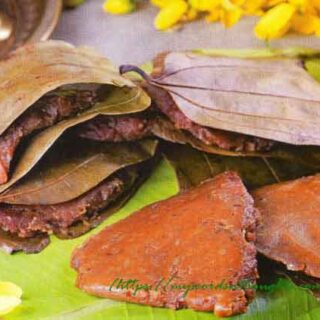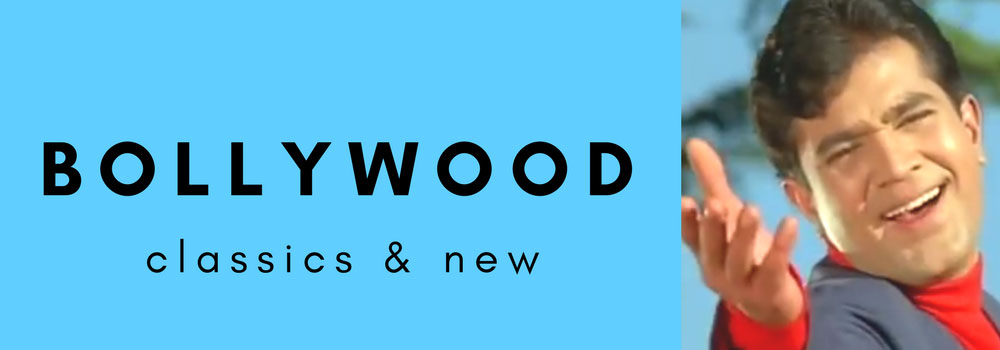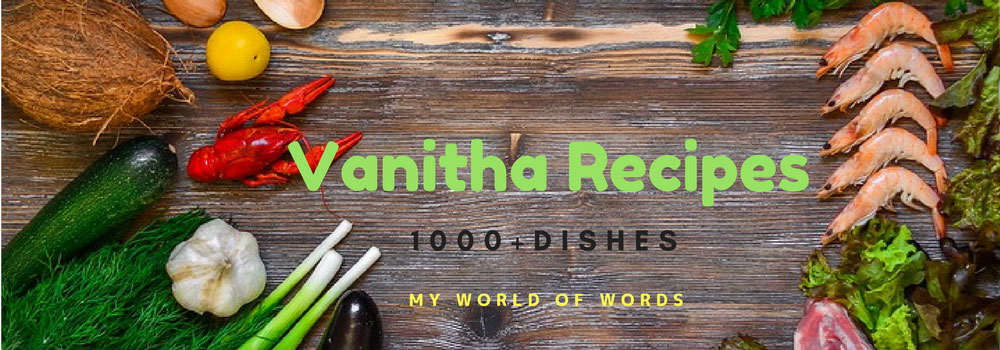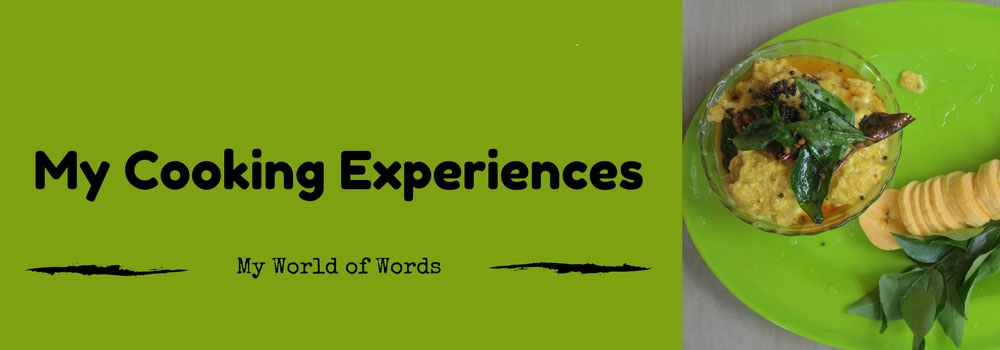The festival season has already begun. Covering whole body with Parppadaka (Kummatti) grass, covering faces with fierce masks ‘Kummatti Koottams’ across Thrissur are getting ready to conquer the streets for Onam season. Desakummatti – a highlight of Onam celebrations of the cultural capital of Kerala visits different streets in the main town and outskirts of Thrissur, and it’s solely meant for each desam (residents’ association). They never walk through Thrissur Swaraj Round, and each desam celebrates Kummattikali in their own way, and it’s definitely an art form exclusively for each desam; so called Desakummatti.

Colourful Kummattis appear from Uthradam to Avittam days of Chingam month, and it may vary for different desams of Thrissur. That means – day before Onam, Thiruvonam and one day after Onam and this year Kummattis perform on 13, 14 and 15th September at different locations. Kummattis are believed to be the Bhoothgans of Lord Siva who reach Kerala during Onam season to know the welfare of the subjects. As per popular beliefs, Lord Siva instructed them to welcome and entertain King Maveli using tribal dance, when he visits his subjects once in every year. This year more than 20 groups are participating in the event including Rishi Kulamattam, Prithvi Kizhakkumpattukara, Vadakkum Muri,Nallenkara etc.
Kizhakkumppattukara is the ancestral home of Kummattis
Kizhakkumppattukara is the oldest desam of Thrissur town associated with Kummattis. In Kizhakkumppattukara, Thekkum Muri Kummatti is the oldest. 5 Kummattis come from famous Thaikkatt Moosa’s Illam (home belonging to Kerala Brahmins/Namboodiris). As per beliefs, Kirathamurthy, an avatar of Lord Siva is the basic of all. It’s based on the belief that Kummattis are the Bhoothgan (associates) of Lord Siva.

Now Kummattis born in Kizhakkumppattukara have branched to so many places, and there is no clear idea of its branching. It’s believed to have more than 40 branches in different places. The year 2016 marks 75th birthday of three wooden masks. When Kummattis enter the local streets wearing Kummatti grass and mask faces, accompanied by Chendamelam and Onavillu, it gives a lot of cheerful moments to its residents who celebrate Onam by their own ways.
This year is so special to Thekkum Muri Kummattis
This year marks the 75thyear celebration of Desa Kumatti of Thekkum Muri, and special celebrations were organized also. It’s done to celebrate the 75th year of oldest three masks belong to this desam. The special celebrations were inaugurated by Malayalam film star and MP Suresh Gopi on 8th September and a book telling the history of Kummattikali was also released on this special eve by Sahitya Academy President Vaishakhan. Mothers of age 75+ were also facilitated.
Three Kummatti Masks with age 75
Three Kummatti Masks of Kizhakkumppattukara Thekkum Muri desam are 75 years old. Kummatti kali has the claims of more than 100 years, and these three masks are the oldest among all which still participate in every year celebration. Masks of Hanuman, Thalla and Kattalan celebrated 75th birthday this year, and their birthday functions were conducted in a grand way. It was year 1941 when metal masks transformed to wooden masks for the first time, and these three masks were made for the first season of Kummatti!
They were originally made from the wood of jackfruit tree and very thin also. They were made by Karappurath Madhavan Nair, Raman Nair and Ramankutty Nair, apart from Viswanathan Achari. They were first worn by Kunnambath Krishnankutty Nair, Kuttipurath Karunakaran Nair and Karappurath Kochunni Nair. Later several masks have been made. Yet not a single one has been made as thin as these three – claims P. T. N. Vasudevan Moose, M. D of S. N. A. Medicines and Unnikrishnan, the chief organizer of Kummatti Kali this year.
A small note on the origin of Kummatikali and history of masks of Thrissur
Kummattikali is believed to be originated 150 years ago in a Devi temple of Palakkad district, and later widely spread to middle Kerala. Like popular sport Kaduvakali, performers hide their identity using masks. Thamma, also known as Thalla is the main entertainer who guides each group from front. The whole Kummatti troupe revolves around this funny toothless character with brinjal ears. ‘She’ also carries a long stick in her hand. Actually all the performers are males. Read to know more.
During those old cheerful days, masks were so cheap and not made of metal or wood. Instead participants used araca nut leaves (broad stalk/stem of the leaf ‘Pala’ as called in Malayalam), and plantain stem too. Only things available seasonally were used for the purpose, and as time passed by several replacements occurred.

Metal masks were made of tin (Naga Thakid) for the first time in 1935 which almost replaced plantain leaf/araca nut leaf masks. Wooden masks started with early 1940s, and a single piece of wood was used to curve the faces of mythological figures since then. Later wooden masks became prominent. The fierce face of Kaattalan, mythological figures like Hanuman, Narasimham, Kali etc and Thalla are the most popular masks since then. Wooden mask was first made in the year 1941, as it was not an easy task to curve faces from metal. Chenda melam became a part of the celebrations since 1959. Nowadays floats are also displayed.
Kummatti Pullu – The centre of attraction of this sport
Though Kummatti Kali resembles a tribal dance due to its informal steps, costumes and masks, it’s only a region-based traditional art form performed during Onam season. Its main challenge is the availability of Kummatti grass, also known by the local names – Parppadaka Pullu and Ammayi Pullu.
It’s believed that when Kummattis were in search of the Kummatti grass, it was someone from Kozhikode who showed them Ammayi Pullu, knowing its characteristics. Nowadays it’s very scarce and expensive too to bring from other parts of the state. Apart from Kozhikode, people are sent to Cherthala and Thiruvilwamala to collect the grass for the season.

This grass has a pleasant aroma, and never causes itching. That’s why Kummatti Pullu became popular, as performers have to wear them for long hours. Grass is plaited using strings and wore across the body. Performers also wear grass as skirt. Due to scarcity of grass, they collect grass days before performance, and preserve it.
Popular songs associated with Kummatti Kali
“Thalle Thalle Evide Ponu” (Thalle, where are you going?) is one of the popular folk songs associated with this art form. Normally around 15 songs are used for one performance. “Pandaaru Munivara Homam Cheythu” and “Chaadi Hanuman Raavananthe Munnil” are other popular songs. Like Hindu mythological figures, many songs carry stories related to Hindu religion. But Kummattikali is not a festival only for Hindus, and it is a spectacular scene to watch spectators to join hands with Kummattis and dance with them for fast beats.
Kummattis dance to the rhythm of Onavillu
Onavillu is the main music instrument associated with Kummattikali. A narrow bamboo stick is used to make sound. Later Chettivadyam got associated with the festival which accompanies the Kummattis. For Kummatti season 2016, the Vadya group includes 15 performers for Rishi Kulamuttam.
During those scarce days, Kummattis used to visit every home and collect rupees, jaggery, rice etc in return. They also accepted Onam gifts, new dress etc. In those nostalgic days, two bananas or ¼ Ana were also received by Kummattis as offerings.
Festival of Deshams
Over the years Thrissur Corporation has tried their level best to integrate all these local festivals under one roof to perform in the Swaraj round similar to Pulikali. But organizers and residents of each desam are not ready with new alterations and want to celebrate the fest exclusively in their areas only. For this single day of festival, even non-resident Indians reach Kerala to wear Kummatti masks.

Apart from Kerala, such Kummattis have been organized by many Malayali associations in Delhi, Mumbai and other foreign countries too, as a part of Onam celebrations. Kummattis entertain people during Onam celebrations of Kerala schools and colleges too. Apart from the scarcity of grass, rise of expense is another concern, and this year Thrissur Corporation has increased the fund given to both Pulikali and Kummattikali groups.
Kummattikali and Pulikali are the integrant parts of Onam celebrations of Thrissur, and it has received so much popularity in the recent times. If it is light festival in the capital city and Athachamayam for Thrippunithura, Kummattikali and Pulikali belong to Thrissur. Let us celebrate this occasion forgetting all our worries, and divisions based on location, religion, culture, language etc.
Read about Story of Origin of Kummattikali




















The three masks of Talla, Hanuman and Kattalan of Vadakkummuri, originally known as Thekkoot Kummati, is the oldest and presently with me. It is over 65 years old.
The 75 year old masks, it is with the Thekkummuri (it is not 75 year old, though, but older than 65 years) was known as Karappurath Kummatti
Nice to hear… Can you please add a bit more information?
i want this mask maker address. can you tell me?
Extremely sorry. I don’t have such details with me.Please pay a visit to Thrissur. Hopefully you will get some details.